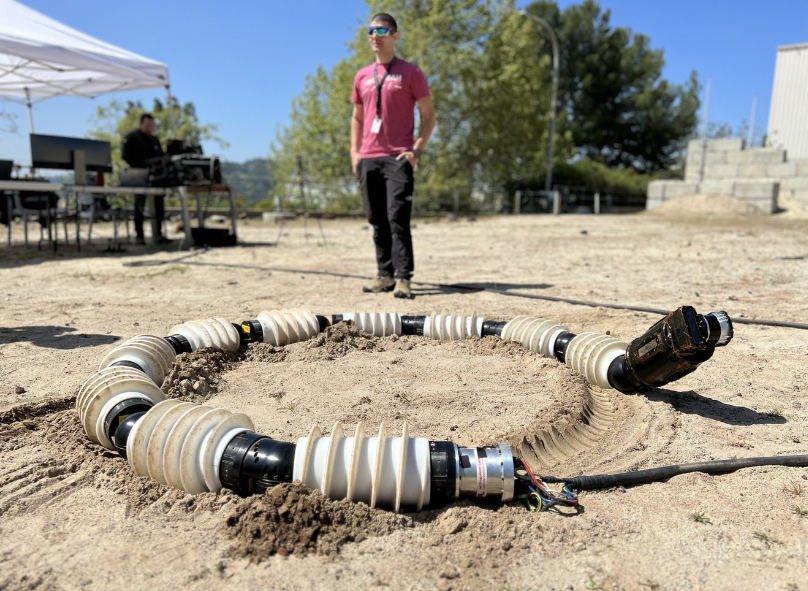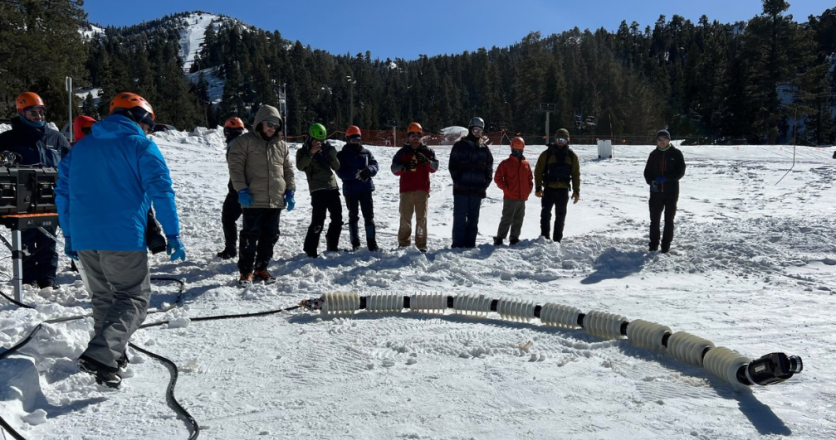This new NASA snake robot is designed to find other life in the universe.

As of writing, space agencies are still making efforts to know if there could be life on other planets. Right now, they are focusing on heavenly bodies within the solar system, such as Mars, Venus, and other planets.
One of NASA's efforts to find life is the EELS (Exobiology Extant Life Surveyor) robotic program.
The international space union created the first EELS prototype back in 2019. Now, here's the update to this slithering machine.
New NASA Robotic Snake To Find Life in Space!
The NASA Jet Propulsion Laboratory (JPL) released a new YouTube video to show that EELS is being tested in multiple terrains.

Also Read : Storm-Tracking NASA Satellite Constellation's New Launch Date Announced! Here's When It'll Happen
"The robot has been put to the test in sandy, snowy, and icy environments, including the Mars-like terrain at JPL's Mars Yard," said the space organization.
NASA explained that the Mars Yard is its "robot playground," which is located at a ski resort in the snowy mountains of Southern California.
As of writing, the latest version of the robot, EELS 1.0, is composed of 10 identical segments.
These can rotate using screw threads for traction, grip, and propulsion. It weighs around 100 kilograms and reaches over four meters.
How NASA's EELS Works
NASA EELS Principal Investigator Hiro Ono explained that the space agency has a different philosophy when it comes to spacecraft and robotic development. He added that numerous textbooks explain how to design four-wheel vehicles.
However, none of them focus on autonomous robotic snakes, as reported by ComicBook. Unlike other space-based machines, EELS can easily reach places that four-wheel vehicles find hard to access.
NASA designed EELS to autonomously sense its environment, gather data, as well as calculate risks. The space agency said that this slithering robot could recover on its own without the help of human operators.
If you want to see NASA's EELS robotic program in action, you can watch the space agency's official YouTube video below.
In other stories, an autonomous laboratory used robots and AI to increase its speed by 100 times. We also reported about the first babies born from a sperm-injecting robot.
For more news updates about NASA and its new robots, always keep your tabs open here at TechTimes.
Related Article : NASA's Floating Balloon Telescope SuperBIT Captures Tarantula Nebula in Gorgeous Detail

ⓒ 2025 TECHTIMES.com All rights reserved. Do not reproduce without permission.




